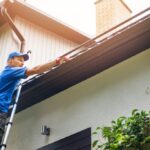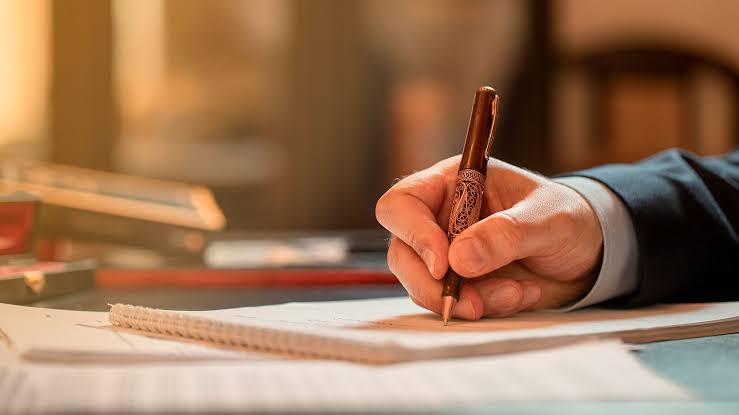Moving a piano can be an intimidating task, especially in a bustling city like Denver, where narrow streets, tight hallways, and unpredictable weather can add to the challenge. While the idea of saving money by moving your piano yourself might be appealing, it’s crucial to consider the risks and complexities involved. This blog will walk you through the dos and don’ts of DIY piano moving, helping you decide whether to take on the task or call in professional piano movers Denver.
The Risks of DIY Piano Moving
Pianos are not only heavy and awkwardly shaped but also extremely delicate. Moving one without the right techniques or equipment can lead to costly damage to the instrument, your home, or even yourself.
- Injury Risks: Pianos can weigh anywhere from 300 to 1,200 pounds. Without proper handling, you risk severe injuries such as back strains or crushed fingers.
- Damage to Your Piano: Pianos are intricate instruments. Even a slight mishap can affect their delicate tuning, keys, or strings.
- Property Damage: Tight corners, stairs, and doorways pose significant hazards. One wrong move could result in scratches on walls, floors, or even structural damage.
The Dos of DIY Piano Moving
If you’re determined to move your piano yourself, preparation is everything. Here’s what you need to keep in mind:
1. Assess the Difficulty of the Move
Before you lift a finger, assess the logistics. Measure all doorways, hallways, and staircases your piano will pass through. Identify potential obstacles, such as tight turns or uneven surfaces.
If the path is complex or the piano exceptionally heavy, consider hiring professionals. For instance, many piano moving Denver services specialize in navigating tricky spaces, saving you the headache.
2. Gather the Right Equipment
Having the right tools is essential. Invest in or rent equipment such as:
- Piano dollies: Designed to support the weight and shape of pianos.
- Furniture straps: Provide better grip and weight distribution.
- Moving blankets: Protect the piano’s finish from scratches and dings.
- Gloves and sturdy footwear: Ensure your safety during the move.
3. Enlist a Team
Never attempt to move a piano alone. Recruit at least three to four strong individuals who can help lift, guide, and steady the piano during the process. Clear communication is critical—assign roles and ensure everyone understands the plan.
4. Protect the Piano
Wrap the piano in moving blankets and secure them with tape or straps. This minimizes the risk of scratches and shields the instrument from dust or moisture during the move.
5. Move Slowly and Carefully
Piano moving isn’t a race. Take your time to navigate stairs, corners, and uneven surfaces. Use furniture straps and dollies to distribute weight evenly, ensuring the piano stays balanced throughout the move.
The Don’ts of DIY Piano Moving
Even with the best intentions, some common mistakes can turn a DIY piano move into a disaster. Avoid these pitfalls:
1. Don’t Underestimate the Complexity
Pianos may look sturdy, but their intricate inner workings can be easily damaged. Attempting to move one without proper knowledge often leads to more harm than good.
2. Don’t Skimp on Equipment
Thinking you can move a piano with just manpower and sheer determination is a recipe for disaster. Improvising with inadequate tools increases the likelihood of injury or damage.
3. Don’t Forget the Environment
Denver’s weather can be unpredictable. Avoid moving your piano on rainy or snowy days, as moisture can warp the wood or rust internal components.
4. Don’t Hesitate to Call Professionals
If at any point the move feels overwhelming, step back and reassess. Hiring professional piano movers Denver is often the safest and most cost-effective solution in the long run.
When to Hire Professional Piano Movers
There are situations where DIY simply isn’t worth the risk. Here are some scenarios where hiring professionals is your best bet:
- Moving to or from an upper floor: Navigating stairs with a piano is one of the most challenging tasks. Professionals have specialized techniques and equipment to handle this safely.
- Long-distance moves: Transporting a piano across town or out of state requires proper packing and securing in a moving truck, which professionals can manage expertly.
- Valuable or antique pianos: If your piano is a family heirloom or an expensive investment, entrusting it to experts ensures its protection.
The Final Verdict
While a DIY piano move may seem feasible at first glance, the risks often outweigh the benefits. Without proper preparation, you could end up with a damaged piano, injuries, or repair bills that far exceed the cost of professional movers.
In many cases, calling in experienced piano moving Denver services is the smarter choice. These professionals bring the know-how, equipment, and manpower to ensure your piano arrives safely at its new home, saving you time, effort, and stress.
Conclusion
Moving a piano is no small feat, but with the right approach, it can be done safely and efficiently. If you decide to tackle it yourself, remember to plan thoroughly, gather the right tools, and enlist plenty of help. However, don’t shy away from hiring professionals when needed—they’re worth every penny when it comes to protecting your piano and your peace of mind.
Whether you go the DIY route or opt for the expertise of piano movers Denver, the goal is the same: ensuring your beloved instrument makes the journey unscathed. Plan carefully, prioritize safety, and enjoy the sweet music your piano will continue to bring to your life.






